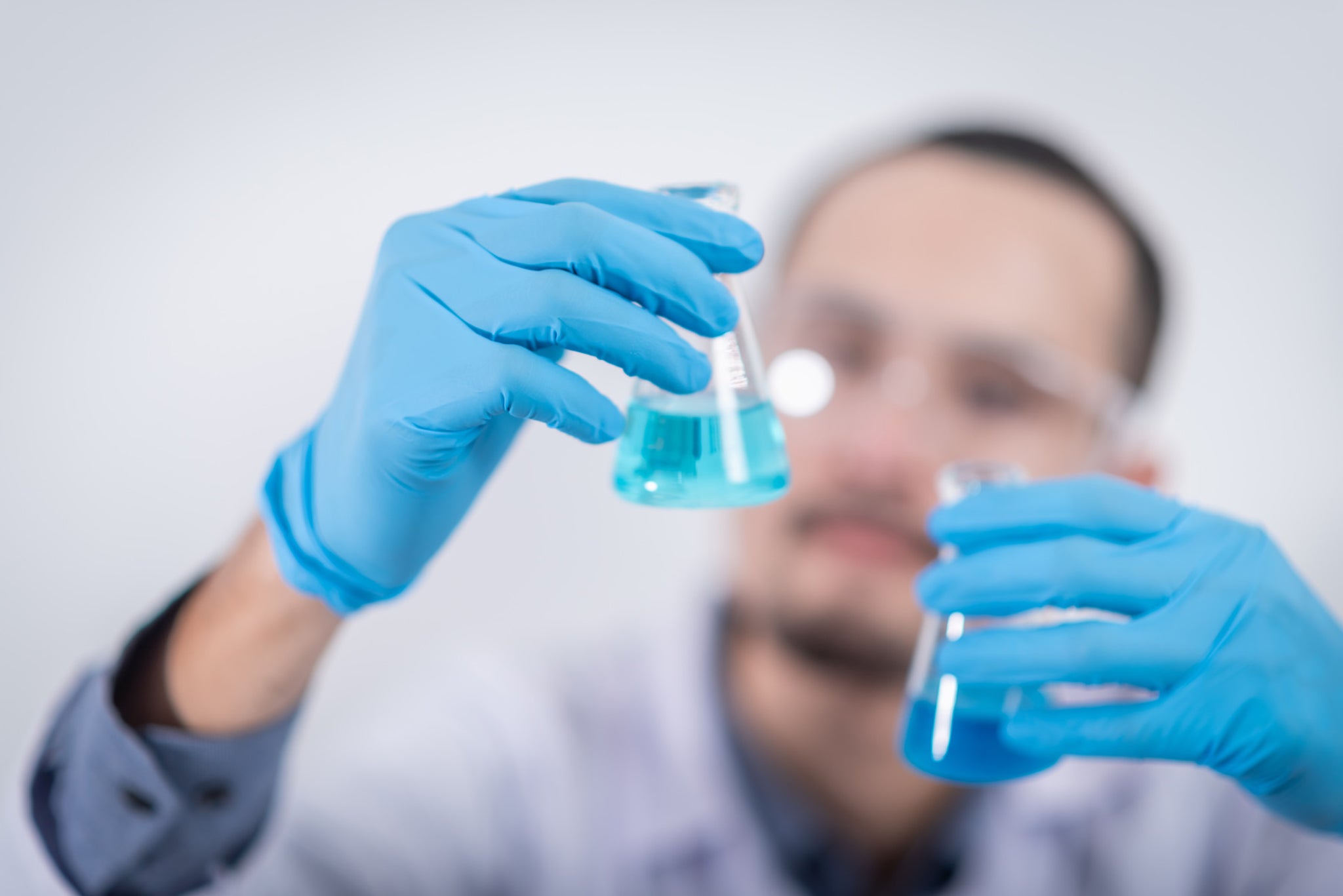Preliminary Market Research and Discovery Phase
Before a company develops a new drug, they often perform market research to identify viable candidates for development. A drug candidate must have enough market potential to justify the extensive resources needed to develop the required data and obtain FDA registration approval.
During this stage, the drug sponsor evaluates drug candidates by conducting preliminary safety and effectiveness studies. Additionally, pilot manufacturing and chemistry studies are conducted to ensure that the product can be successfully manufactured. Collectively, these preliminary studies are conducted to provide assurance that the drug can be successfully developed into a viable animal health product. These studies serve as the basis for making a go/no-go decision for the drug to enter the development phase.
A drug sponsor is the company responsible for overseeing all aspects of development before submitting the drug information to the FDA’s Center for Veterinary Medicine (CVM) for review. They play the key role in getting the drug from the test tube to patient.
The Drug Development and Regulatory Review Phases
Once the company determines that the market for the potential product is sufficient to justify development and that the drug candidate is safe and effective, the drug enters the development phase.
This phase begins with the drug sponsor submitting a development plan to the CVM. This plan includes a description of proposed safety and effectiveness studies designed to generate the extensive data needed to fulfill the stringent regulatory requirements for a New Animal Drug Application (NADA). The drug sponsor and CVM conduct Pre-Submission Conferences to negotiate a binding agreement between the drug sponsor and the CVM on a Development plan designed to fulfill all NADA requirements.
After concurrence with CVM on a Development Plan is achieved, the drug sponsor conducts the required pivotal safety and effectiveness studies. These studies are large and require strict adherence to the FDA’s regulatory standards. The effectiveness of the drug product is typically evaluated in double-blind studies conducted in pets with the disease that the product indication is targeting. Safety studies are conducted in laboratory animals and must demonstrate that the drug has an acceptable margin of safety. Additionally, user safety must be demonstrated to ensure that the product can be safely administered by the pet owner. The safety and effectiveness studies that are conducted in the development phase must result in data that conclusively supports all components of proposed product labeling, including the dosage regimen and product indication, and the safety of the drug in the targeted population.
Another major component of the development phase is generation of data to fulfill very strict FDA manufacturing requirements. These requirements are held to the same standard that human pharmaceutical products are held to. All data must meet FDA’s Good Manufacturing Practice (GMP) standards. Fundamentally, the manufacturing section of a NADA must document and validate the quality, purity, potency, and stability of each batch of the product manufactured.
The product development phase typically encompasses 2-4 years and requires an investment of $5-10 million and can be a risky venture.
NADA Submission and Review
Upon completion of the pivotal studies required in the product development plan, studies are submitted to CVM for regulatory review. Data from the studies must conclusively support each component of the product’s labeling (i.e., safety, effectiveness, manufacturing). After CVM has ‘approved’ each component of the development plan, a drug sponsor requests approval of the NADA. In addition to safety, effectiveness, and manufacturing sections, the NADA includes product labeling and a Freedom of Information Summary (FOI). The FOI is a public document that describes a summary of FDA’s basis for NADA approval. Approval of the NADA indicates that CVM has concluded that the drug is safe and effective when used as prescribed in the product’s labeling. Upon NADA approval, a drug sponsor may legally market the drug for the approved label indication.
Learn more about FDA Regulation of Animal Drugs on the FDA's website.




